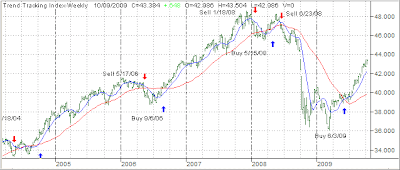A couple of readers already own or are considering purchases in GNMA funds. Here’s what Bob had to say:
I am not currently in any stock mutual funds. I missed the move up and I think we are close to a top. Of course, I could be wrong.
I also think bond mutual funds could be in for a beating if interest rates go up. Maybe I am wrong about that, too.
My retirement funds are currently with T. Rowe Price. What do you think about their GNMA fund (PRGMX) for someone with my conservative (and negative) outlook?
Dave had this comment:
I am 54 yrs old and am about 7 yrs away from retirement. I currently have a small portion of my retirement investments in two funds (VFIIX and VBMFX) both of which have a large portion of their assets in GNMA govt bonds. I know that GNMA bonds have a gov’t guarantee; however with the current problems with the FHA is there a great deal of risk with these two funds?
Personally, I don’t think much of any of the GSEs (Government Sponsored Enterprises) that have to rely on taxpayer money to operate. Be that as it may, we, unfortunately, have no way to look under the hood to see where the real problems lie and when they might surface.
Since all of the funds mentioned above are interest rate sensitive, they pretty much move in tandem as the chart below shows:
VFIIX held up the best during last year’s debacle and has advanced the most in this year’s economic environment.
My take is that if GNMA runs into trouble, it will be a well-known event that will not come as a surprise. Given that, there should be enough time to exit if you are implementing a trailing sell stop, as you should with all of your investments.
It will help you to identify the end of the trend, no matter what the underlying fundamental reasons, and exit safely before serious damage to your portfolio occurs. Since the masses of investors have no exit strategy, you should have no problems to liquidate when market conditions tell you to do so.
No matter what your outlook on the market, buying an investment and using sell stops is an easy way to limit any damage should your decision prove to be mistimed. There is nothing wrong with taking a small loss, but there is everything wrong with you letting a small loss turn into a big one.
Disclosure: I am not holding any positions in the funds discussed above.




